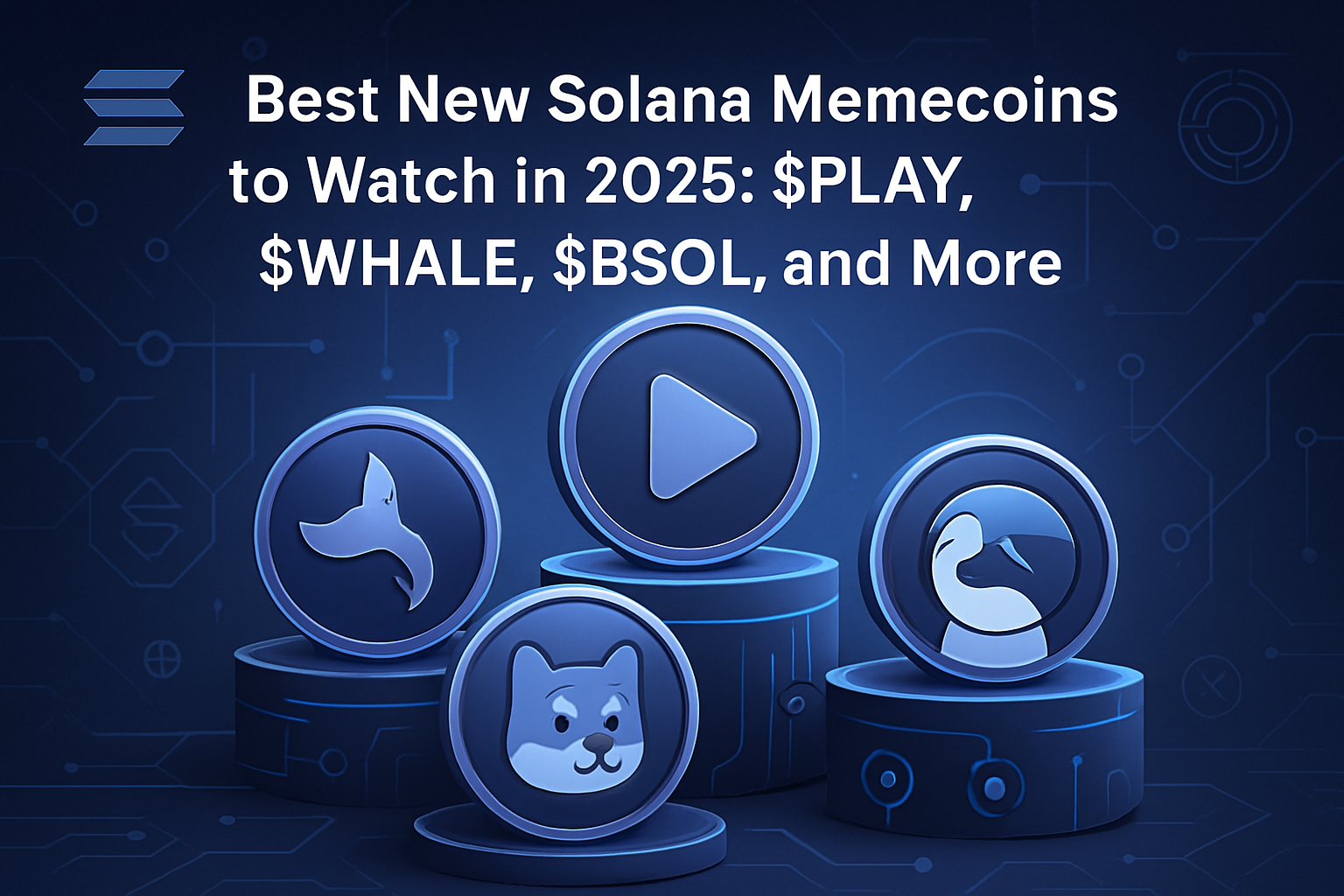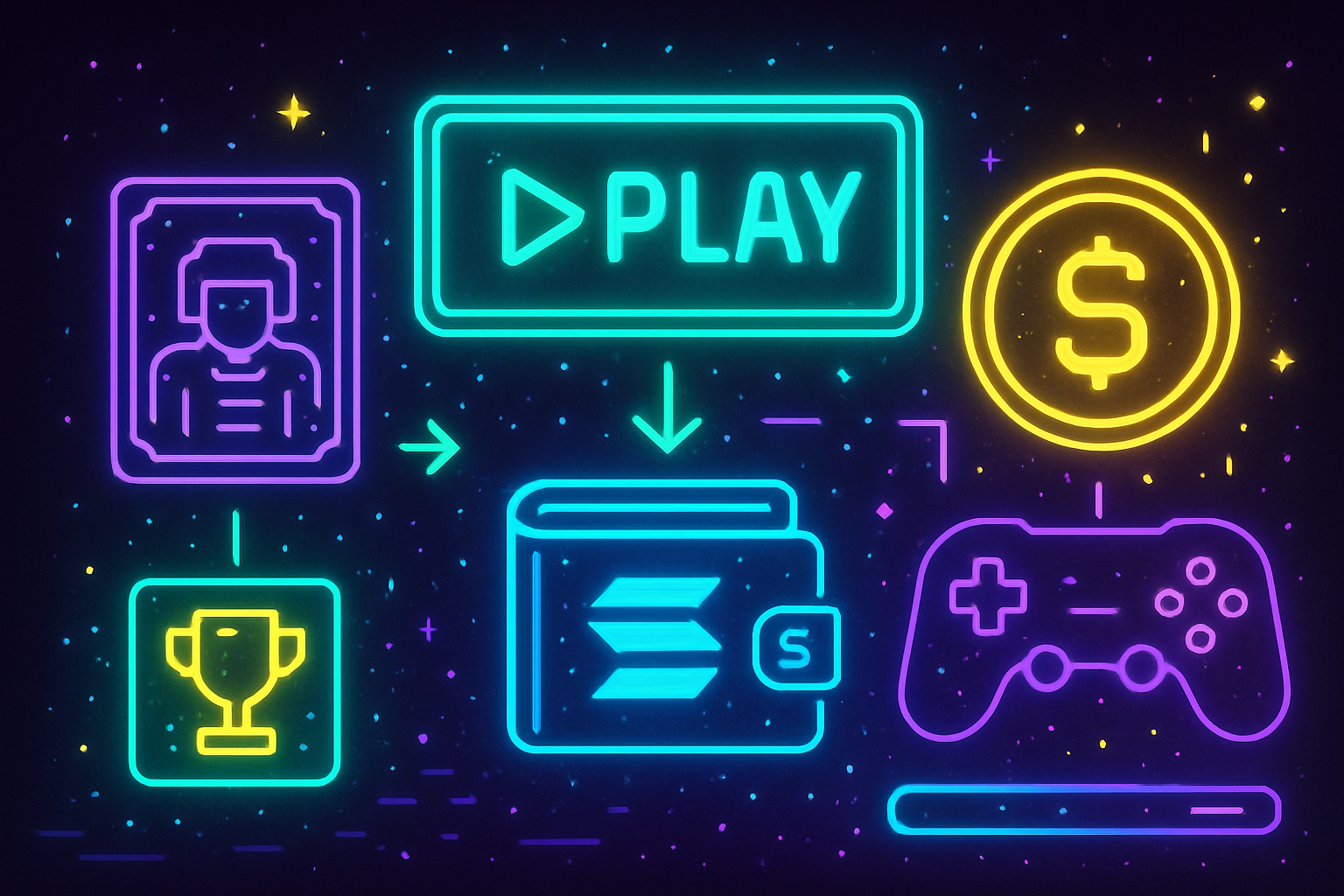How Tokenized Real World Assets Are Accelerating on Solana in 2025: Visual Insights
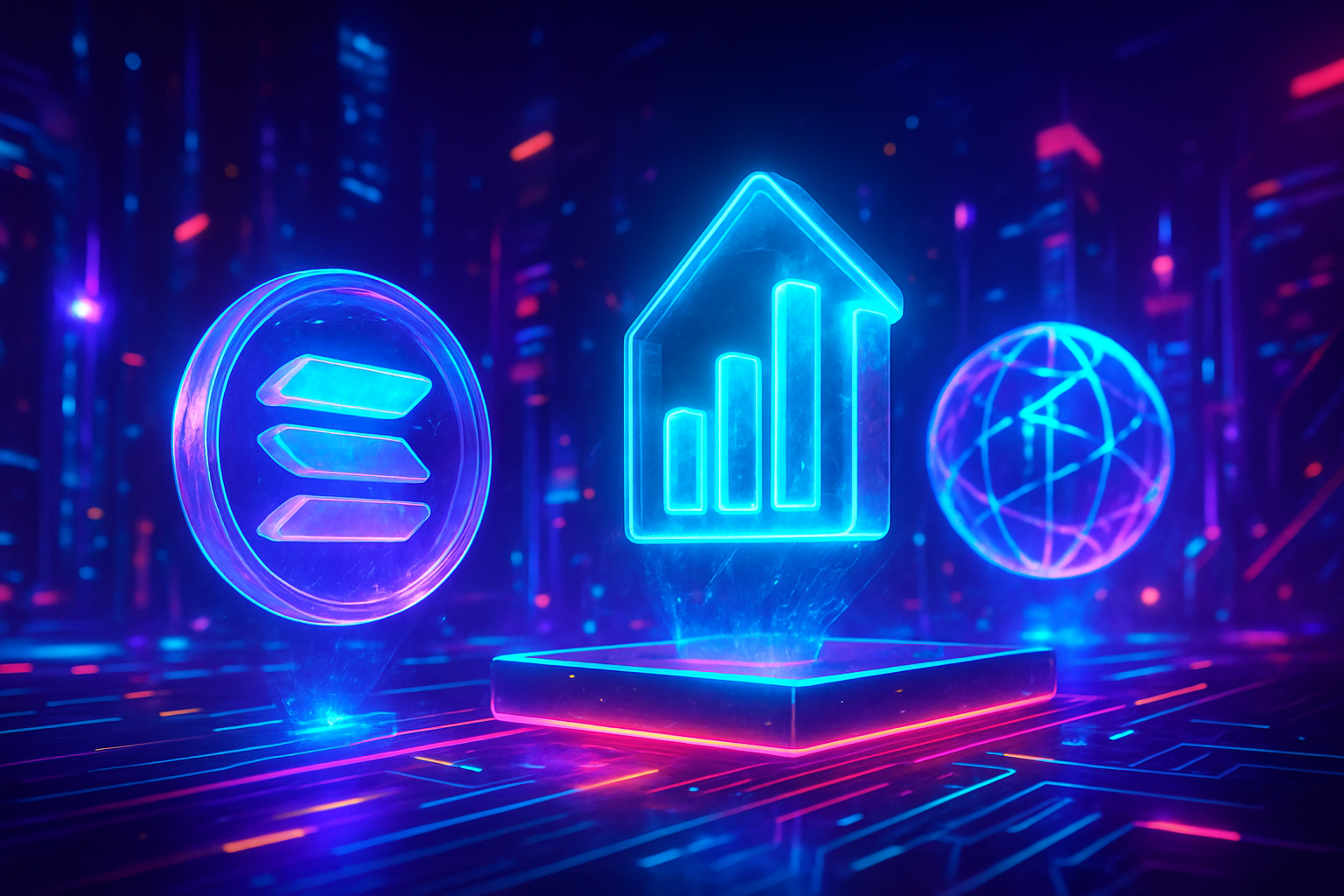
Tokenization of real world assets (RWAs) is rapidly becoming one of the most transformative trends in blockchain, and in 2025, Solana has taken center stage. As investors and institutions seek new ways to bridge traditional finance with digital efficiency, Solana’s unique blend of speed, scalability, and cost-effectiveness has accelerated its adoption for tokenizing everything from U. S. Treasuries to real estate. This article unpacks the latest data, institutional moves, and visual insights into how Solana tokenized assets are reshaping capital markets this year.
Solana Tokenized Assets 2025: Unprecedented Growth and Market Context
In a year marked by surging interest in blockchain-based investment vehicles, Solana’s RWA ecosystem has expanded at a blistering pace. As of July 2025, the total value of tokenized RWAs on Solana reached approximately $553.8 million, representing a staggering 218% increase since January. This growth rate far exceeds Ethereum’s 81% expansion in the same period, an inflection point that signals Solana’s arrival as a formidable player in asset tokenization (source).
To put this into perspective: while Ethereum still leads in aggregate RWA value, Solana’s rapid acceleration is drawing both headlines and institutional capital. The platform’s core advantages, high throughput and near-zero transaction fees, make it an ideal foundation for assets requiring frequent settlement or fractional ownership models.
Institutional Adoption: BlackRock, Franklin Templeton and VanEck Bet Big on Solana
The past six months have seen a wave of major financial institutions launching or expanding their RWA products on Solana:
- BlackRock: Its USD Institutional Digital Liquidity Fund (BUIDL) made headlines by expanding to Solana in March 2025. BUIDL now manages over $2.9 billion, underscoring deepening institutional trust (source).
- Franklin Templeton: Extended its OnChain U. S. Government Money Fund (FOBXX) to Solana in February, minting over $23 million in tokens on-chain.
- VanEck: Launched its tokenized U. S. Treasury Fund (VBILL) on Solana this May with approximately $8 million issued.
This institutional embrace isn’t just about experimentation, it reflects growing confidence that Solana can meet the regulatory and technical rigor required by global asset managers.
Diversifying Beyond Treasuries: Equities, Real Estate and More on Chain
The diversity of assets being tokenized on Solana is broadening fast. U. S. Treasuries remain the breakout star, Ondo Finance’s USDY and OUSG tokens alone represent over $256 million. But recent months have also seen:
- Equities: Remora Markets is developing solutions for tokenizing U. S. -listed stocks, enabling direct integration with DeFi protocols (source).
- Real Estate: The Central African Republic’s initiative to tokenize land concessions via the CAR token demonstrates how even frontier markets are leveraging Solana for global investor access (source).
- NFTs for RWAs: Non-fungible tokens now represent everything from luxury collectibles to legal claims, expanding utility beyond digital art into tangible asset classes.
This breadth highlights how tokenization is no longer limited to simple debt instruments or pilot programs; it’s evolving into a full-spectrum marketplace where virtually any asset can be fractionalized and traded globally.
Solana (SOL) Price Prediction: 2026–2031
Forecast based on Solana’s 2025 RWA adoption surge, institutional momentum, and evolving market/regulatory landscape.
| Year | Minimum Price | Average Price | Maximum Price | Year-over-Year Change (Avg) | Market Scenario Insights |
|---|---|---|---|---|---|
| 2026 | $160.00 | $210.00 | $275.00 | +15% | Consolidation phase as RWA adoption matures; potential corrections after 2025 surge |
| 2027 | $175.00 | $255.00 | $340.00 | +21% | Bullish sentiment returns as new tokenization use cases and international adoption grow |
| 2028 | $200.00 | $315.00 | $420.00 | +24% | Mainstream institutions ramp up RWA offerings; DeFi integration accelerates |
| 2029 | $260.00 | $385.00 | $510.00 | +22% | Global regulatory clarity boosts inflows; competition with Ethereum intensifies |
| 2030 | $310.00 | $470.00 | $620.00 | +22% | Next wave of tokenized assets (real estate, equities) expands market cap potential |
| 2031 | $370.00 | $565.00 | $735.00 | +20% | Widespread adoption of tokenized finance; Solana cements role as leading RWA blockchain |
Price Prediction Summary
Solana (SOL) is poised for significant growth through 2031, fueled by its technical strengths and rapid institutional adoption of real-world asset tokenization. While price discovery may be volatile, the long-term outlook is bullish, with average prices projected to more than double from 2025 levels by 2031. Upside potential is driven by increased RWA diversity, regulatory clarity, and competitive advantages in speed and cost. However, investors should account for cyclical corrections and evolving market risks.
Key Factors Affecting Solana Price
- Sustained growth in tokenized real-world assets (RWAs) on Solana
- Institutional adoption (e.g., BlackRock, Franklin Templeton, VanEck)
- Solana’s technical scalability and low fees
- Regulatory developments and global policy clarity
- Competition from Ethereum and emerging RWA blockchains
- Macro market cycles and crypto investor sentiment
- Integration of tokenized assets with DeFi and TradFi
- Expansion into new asset classes (real estate, equities, commodities)
Disclaimer: Cryptocurrency price predictions are speculative and based on current market analysis.
Actual prices may vary significantly due to market volatility, regulatory changes, and other factors.
Always do your own research before making investment decisions.
The Technical Edge: Why Developers Flock to Solana for Asset Tokenization
Beneath these headlines lies a simple truth: a blockchain’s technical architecture dictates its suitability for large-scale RWA adoption. In this regard, Solana stands out thanks to its high throughput (processing thousands of transactions per second), sub-second finality, and ultra-low fees, features that are critical when onboarding major financial products or supporting high-frequency trading strategies.
This technical edge has not gone unnoticed by developers or institutions. As regulatory hurdles ease under a more crypto-friendly administration (source), investment managers are racing to launch new products that leverage these capabilities, further fueling ecosystem growth.
Visual insights from 2025 paint a vivid picture of Solana’s RWA momentum. The proliferation of on-chain analytics dashboards and tokenized asset explorers has made it easier for both retail and institutional investors to track flows, yields, and asset composition in real time. This transparency is not just a technical upgrade, it’s a strategic advantage in an era where trust and liquidity are paramount.

Consider how tokenized U. S. Treasuries have become the anchor for this new digital capital market. With over $256 million in assets via Ondo Finance alone, Treasuries on Solana now serve as both collateral for DeFi protocols and as stable-yield instruments for conservative investors. At the same time, products like tokenized equities and real estate are expanding what’s possible for global diversification, offering exposure to markets that were previously inaccessible or illiquid.
Solana Blockchain Visual Insights: What Sets 2025 Apart?
This year’s leap forward is not just about numbers, it’s about usability and access. Fractionalization is lowering barriers to entry, allowing investors to own slivers of high-value assets with the same ease as trading tokens. Platforms like Remora Markets are pioneering direct on-chain equity trades, while new NFT standards enable legal claims or luxury goods to be traded peer-to-peer without intermediaries.
Key Drivers of Solana RWA Growth in 2025
-
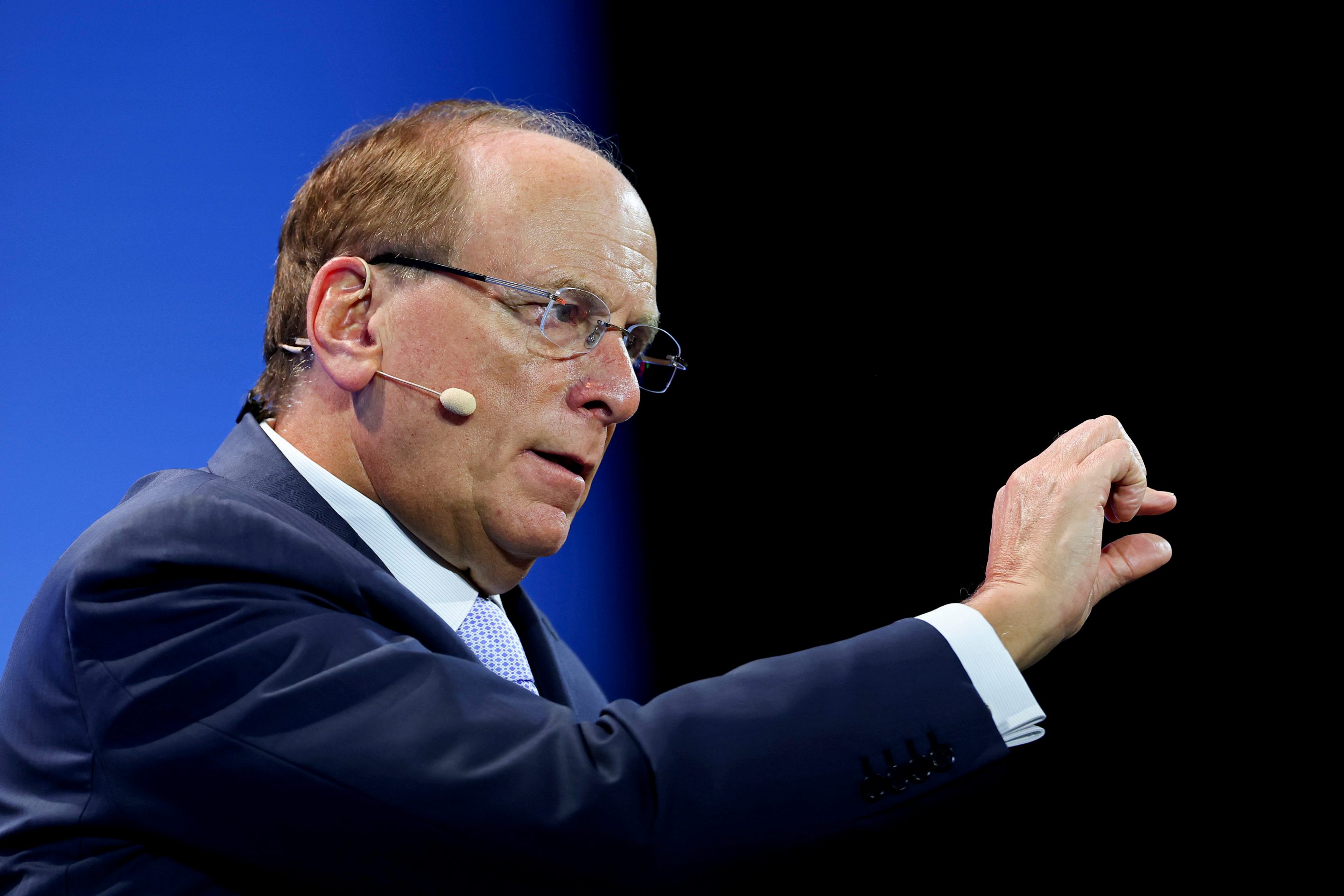
Institutional Adoption by Major Asset Managers: Leading financial institutions like BlackRock, Franklin Templeton, and VanEck have launched tokenized funds on Solana, bringing significant capital and credibility to the platform. BlackRock’s USD Institutional Digital Liquidity Fund (BUIDL) alone has amassed over $2.9 billion in assets under management on Solana in 2025.
-

Diversification of Tokenized Asset Classes: Solana’s ecosystem now supports a wide array of tokenized real-world assets, including U.S. Treasuries (via Ondo Finance), equities (through Remora Markets), and real estate (such as the Central African Republic’s land tokenization initiative). This diversity attracts both institutional and retail investors seeking new opportunities.
-

Superior Technical Infrastructure: Solana’s high throughput and low transaction fees offer a scalable and cost-effective solution for asset tokenization. These technical advantages enable efficient, high-frequency trading and lower entry barriers for both issuers and investors.
-
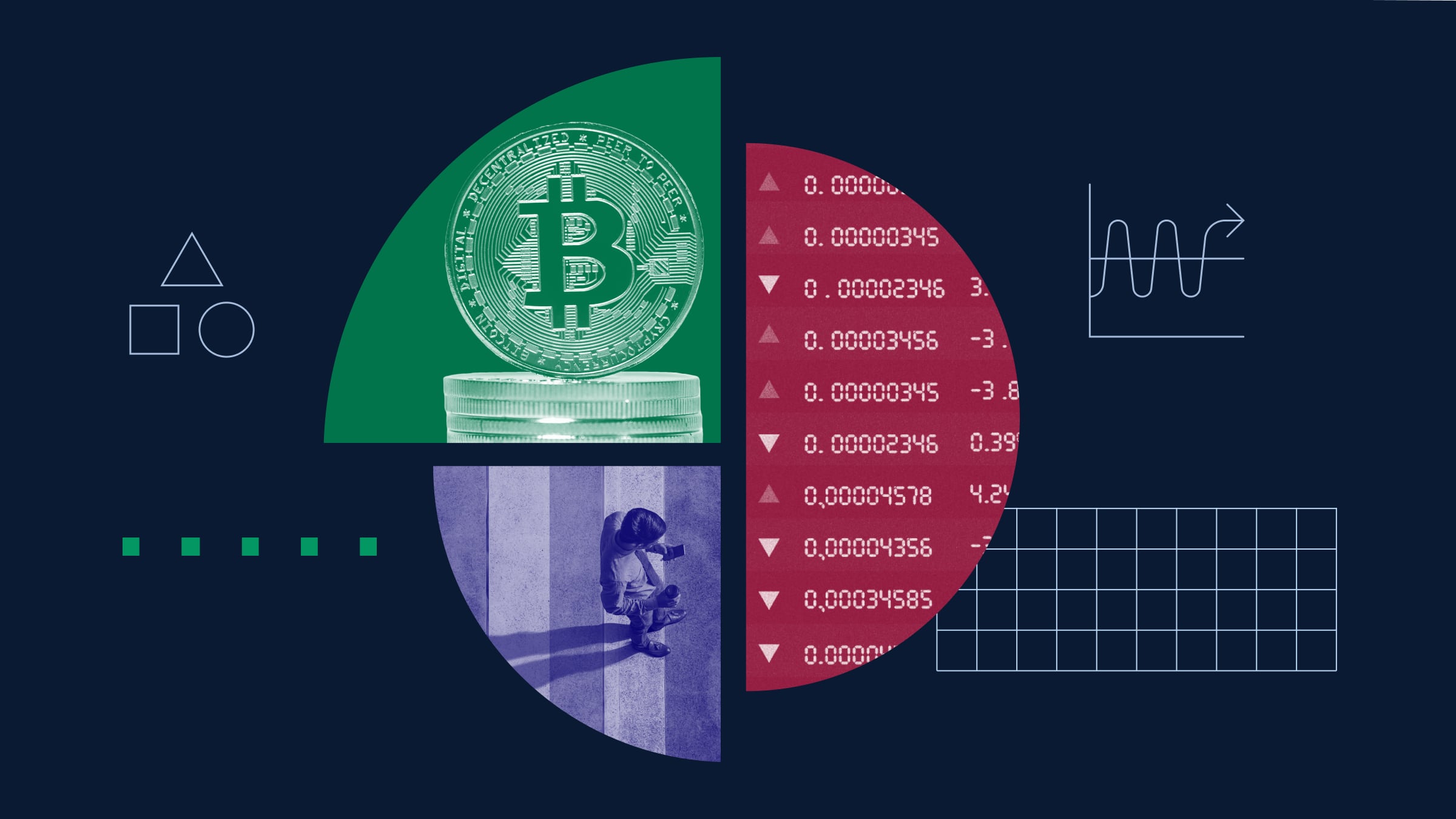
Favorable Regulatory Environment: The easing of regulatory conditions and a more crypto-friendly administration in 2025 have encouraged traditional financial institutions to embrace digital assets and launch innovative tokenized products on Solana.
-
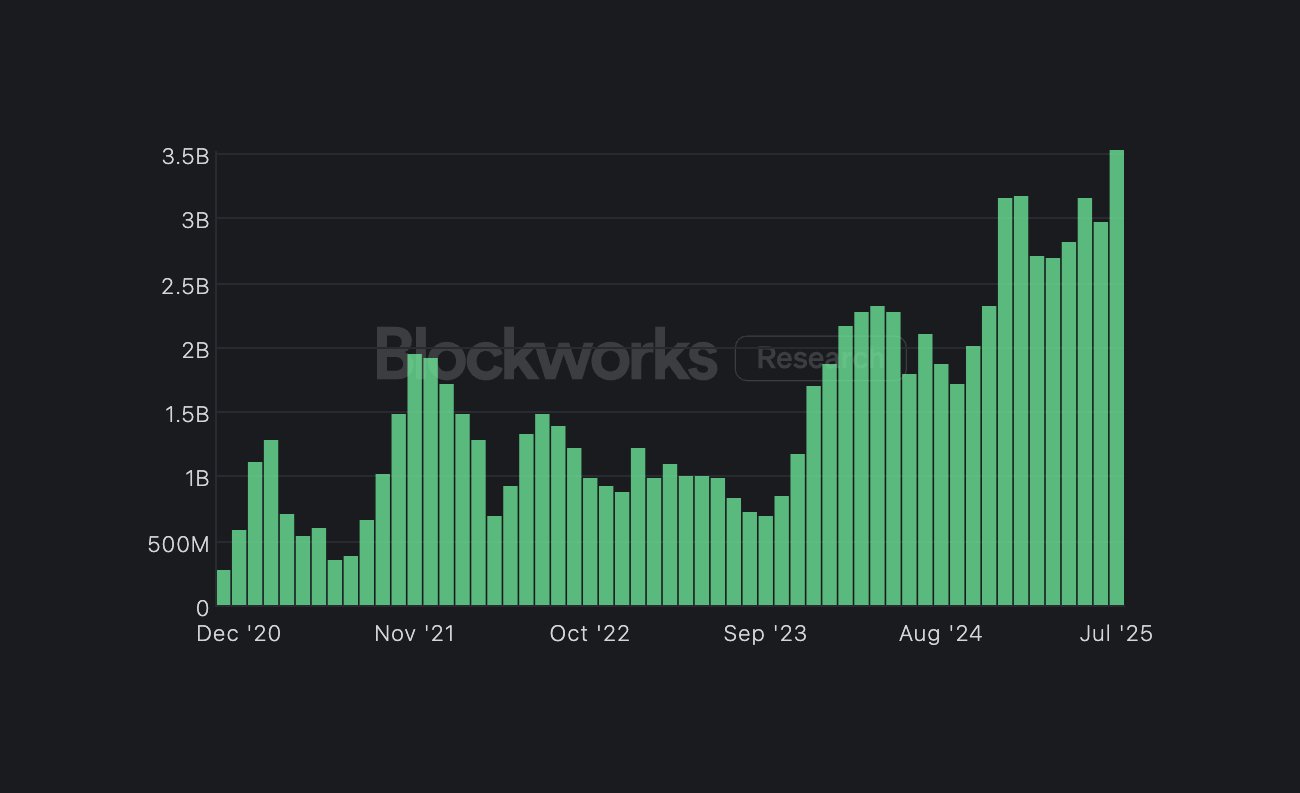
Rapid Market Growth and Adoption: The total value of tokenized RWAs on Solana soared to $553.8 million by July 2025, marking a 218% increase since January. This growth rate outpaces competitors like Ethereum and signals strong momentum in Solana’s RWA sector.
Regulatory clarity has also played a crucial role. With more predictable frameworks in place, traditional institutions feel empowered to tokenize funds, bonds, or property without fearing sudden policy reversals. This regulatory tailwind is accelerating product launches and onboarding larger pools of capital onto Solana.
“The convergence of robust infrastructure and regulatory green lights has created a perfect storm for RWA innovation on Solana. “
Meanwhile, developers continue to push boundaries with programmable assets, smart contracts that automate compliance checks, dividend distributions, or even dynamic pricing based on off-chain data feeds. This composability is making Solana an attractive home for next-generation financial products that blend traditional value with DeFi flexibility.
Looking Forward: Risks and Strategic Considerations
No discussion of Solana tokenized assets in 2025 would be complete without acknowledging the challenges ahead. While technical reliability has improved dramatically since prior outages, network stability remains a key risk factor, especially as asset volumes surge. Investors should monitor ongoing upgrades and validator health closely.
There is also the question of interoperability: as multiple blockchains compete for RWA dominance, standards around cross-chain transfers and asset provenance will become increasingly important. For now, Solana’s speed gives it an edge, but long-term winners will likely be those who can bridge seamlessly between ecosystems.
Which real-world asset would you most like to see tokenized on Solana next?
Solana’s tokenized asset market is booming in 2025, with everything from U.S. Treasuries to real estate already on-chain. As institutional adoption grows and new assets are being considered, we’re curious: which type of asset do you think should be next in line for tokenization on Solana’s fast, low-fee blockchain?
From a portfolio perspective, risk management remains paramount. While yields on tokenized Treasuries or real estate are attractive compared to legacy platforms, investors must weigh smart contract risks and evolving regulatory guidance alongside returns.
The Bottom Line: A New Era for Digital Capital Markets
The pace at which real world assets on Solana have scaled in 2025 is nothing short of historic, and it shows no sign of slowing down. With SOL trading at $182.35, up $5.55 ( and 0.0314%) over the past 24 hours (high: $183.26, low: $176.77), investor confidence remains robust amid ongoing innovation (source). As more institutions enter the fray and new types of assets come online, from art-backed NFTs to global farmland, the frontier is wide open.
‘Invest for tomorrow, manage risk today. ‘
The next phase will reward those who stay informed and agile, leveraging visual tools, community insights, and rigorous due diligence as this ecosystem matures.

